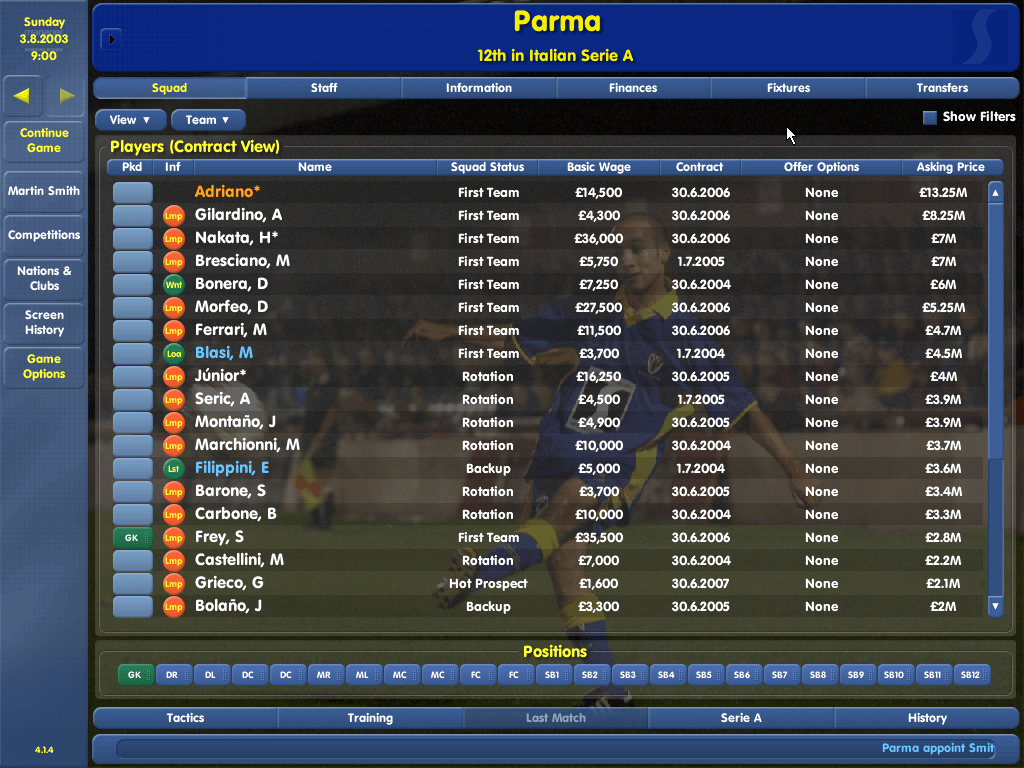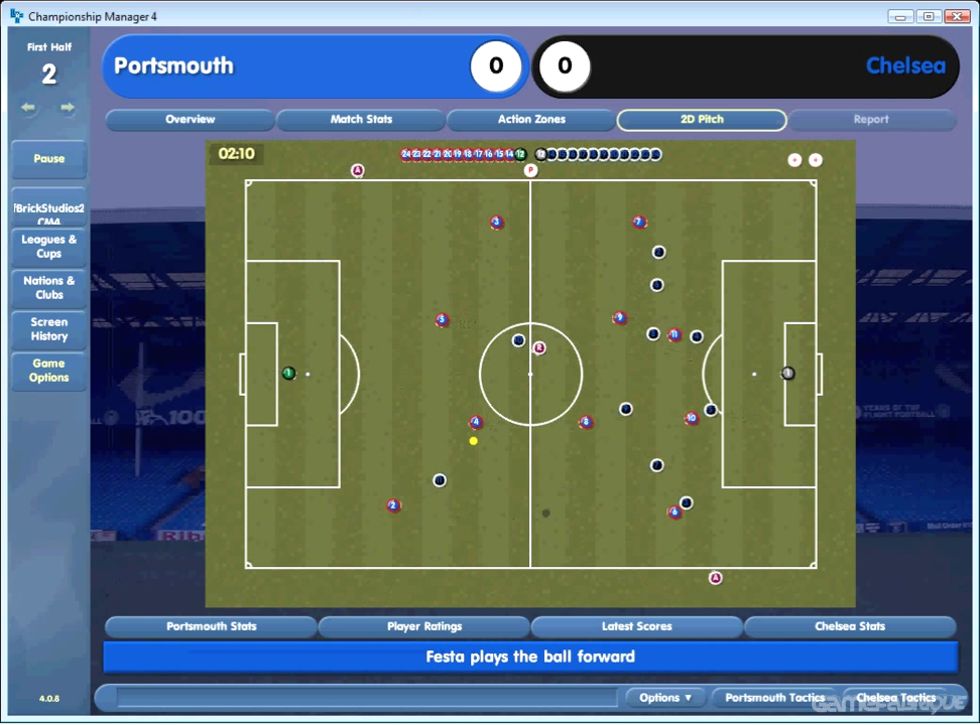


Tyson-Berbick took place just days before my 22 nd birthday, so Tyson was a contemporary in terms of age. That’s because of the excitement “Kid Dynamite” brought to the table, not just inside the ring, but beyond the ropes as well. This fight was the continuation of a $26 million heavyweight title unification tournament arranged by HBO and promoters Don King and Butch Lewis, known at the time as “The Dynamic Duo,” and when Tyson earned his spot in the bracket by blowing out former cruiserweight champion Alfonso Ratliff in two rounds on the undercard of Michael Spinks-Steffen Tangstad that September 6, the buzz surrounding the tournament became a swarm. The piece you will read today recounts my memories of the buildup as well as of the contest. The man dubbed “The Big Ugly Bear” by his improbable successor Cassius Clay (later to be known as Muhammad Ali) needed just 126 seconds to justify the 8-to-5 odds in his favor.Īnd so it was with Mike Tyson versus Trevor Berbick on November 22, 1986, a fight whose story I told exactly five years earlier on. * Floyd Patterson’s manager Cus D’Amato shielded his charge from the terrifying Charles “Sonny” Liston for years, and while Patterson managed to overrule his manager, D’Amato was emphatically proven correct once the opening bell sounded. Despite being dropped in round one, “The Brown Bomber” carved up the game Braddock before taking him out with a trademark right cross to the jaw in round eight. Braddock, the “Cinderella Man” who overcame 10-to-1 odds to dethrone Max Baer more than two years earlier. * Joe Louis was a solid 5-to-2 choice to dethrone defending champion James J. * Although Tommy Burns was a 3-to-2 favorite to defeat Jack Johnson in December 1908, those odds were more the product of wishful thinking and overt racism than sober analysis, and “The Galveston Giant” proved his superiority over 14 tortuous rounds.

#Championship manager 4 crack full
In doing so, “Iron Mike,” at 20 years 150 days, became the youngest boxer ever to win a widely recognized heavyweight title belt, although he wouldn’t earn full recognition until after he crushed Ring Magazine and lineal champion Michael Spinks (who beat the previous “Man” Larry Holmes in 1985 and was stripped of his IBF belt for fighting Gerry Cooney instead of mandatory challenger Tony Tucker) in June 1988.įrom the moment Tyson-Berbick was announced, there was an overwhelming sense of inevitability that harkened back to past heavyweight championship fights between supremely talented challengers and overmatched defending champions: Thirty-five years ago today, Mike Tyson completed his rise to superstardom by destroying Trevor Berbick in two rounds to capture his first slice of the heavyweight championship.


 0 kommentar(er)
0 kommentar(er)
